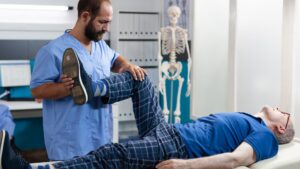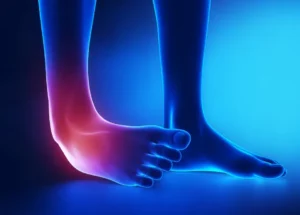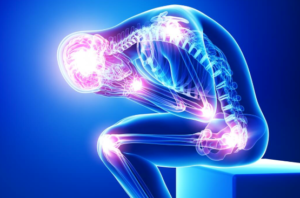Living with joint pain can be a daily challenge, affecting your ability to perform simple tasks. When you experience discomfort in your joints, an orthopedic specialist is a medical doctor trained to address issues within the musculoskeletal system. These specialists focus on the diagnosis, treatment, and prevention of disorders related to bones, joints, ligaments, tendons, and muscles. Here is more information about how they diagnose and treat joint disorders:
Diagnostic Tests
To determine the cause of joint pain, an orthopedic specialist may begin with a thorough evaluation. This process typically starts with a physical examination, during which the doctor assesses your range of motion, stability, and areas of tenderness. They can also discuss your medical history and the specifics of your symptoms.
Following the initial assessment, imaging tests are frequently used to get a clearer picture of the joint’s condition. These may include:
- X-rays: These provide detailed images of bones and are useful for identifying fractures, arthritis, and bone alignment issues.
- Magnetic Resonance Imaging (MRI): An MRI uses magnetic fields to create detailed images of soft tissues, such as ligaments, tendons, and cartilage.
- Ultrasound: This imaging technique uses sound waves to produce real-time images of soft tissues, such as muscles, tendons, and ligaments
Nonsurgical Techniques
Many joint disorders do not require surgery. Orthopedic specialists often recommend conservative, nonsurgical treatments first to manage symptoms and improve function. Physical therapy is a common approach, where a therapist guides you through specific exercises to strengthen muscles around the joint, improve flexibility, and increase your range of motion.
Medications also play a role in managing joint pain and inflammation. Over-the-counter anti-inflammatory drugs might be suggested, or a doctor may prescribe stronger medications depending on your specific condition. Another option is a corticosteroid injection.
This involves medication that is delivered directly into the joint to reduce inflammation and provide temporary relief. Lifestyle modifications, such as adjusting physical activity and managing weight, are also practical steps. They may help reduce stress on your joints.
Various Joint Replacement Methods
When joint damage is severe and nonsurgical methods no longer provide relief, joint replacement surgery may be an option. This procedure involves removing damaged parts of a joint and replacing them with artificial components, known as prostheses. Total joint replacement, or arthroplasty, is a standard surgery for hips and knees. The goal is to restore function and reduce pain caused by advanced arthritis or injury.
Arthroscopic Surgery
Arthroscopy is a minimally invasive surgical procedure that orthopedic surgeons use to both diagnose and treat joint problems. The surgeon makes a small incision and inserts a tiny camera, called an arthroscope, into the joint. This allows them to view the inside of the joint on a screen. Additional small incisions are made to insert surgical instruments to repair damage. This technique is often used for knee and shoulder issues, such as repairing torn ligaments or removing loose cartilage.
Visit an Orthopedic Surgeon Today
Understanding the source of your joint pain is the first step toward finding relief. An orthopedic specialist provides expert diagnosis and a full spectrum of treatment options tailored to your needs. If you are experiencing joint discomfort, scheduling a consultation will help you receive a precise diagnosis and a personalized care plan. Contact our office today to book your appointment.















